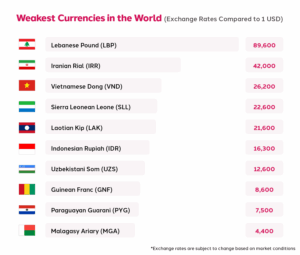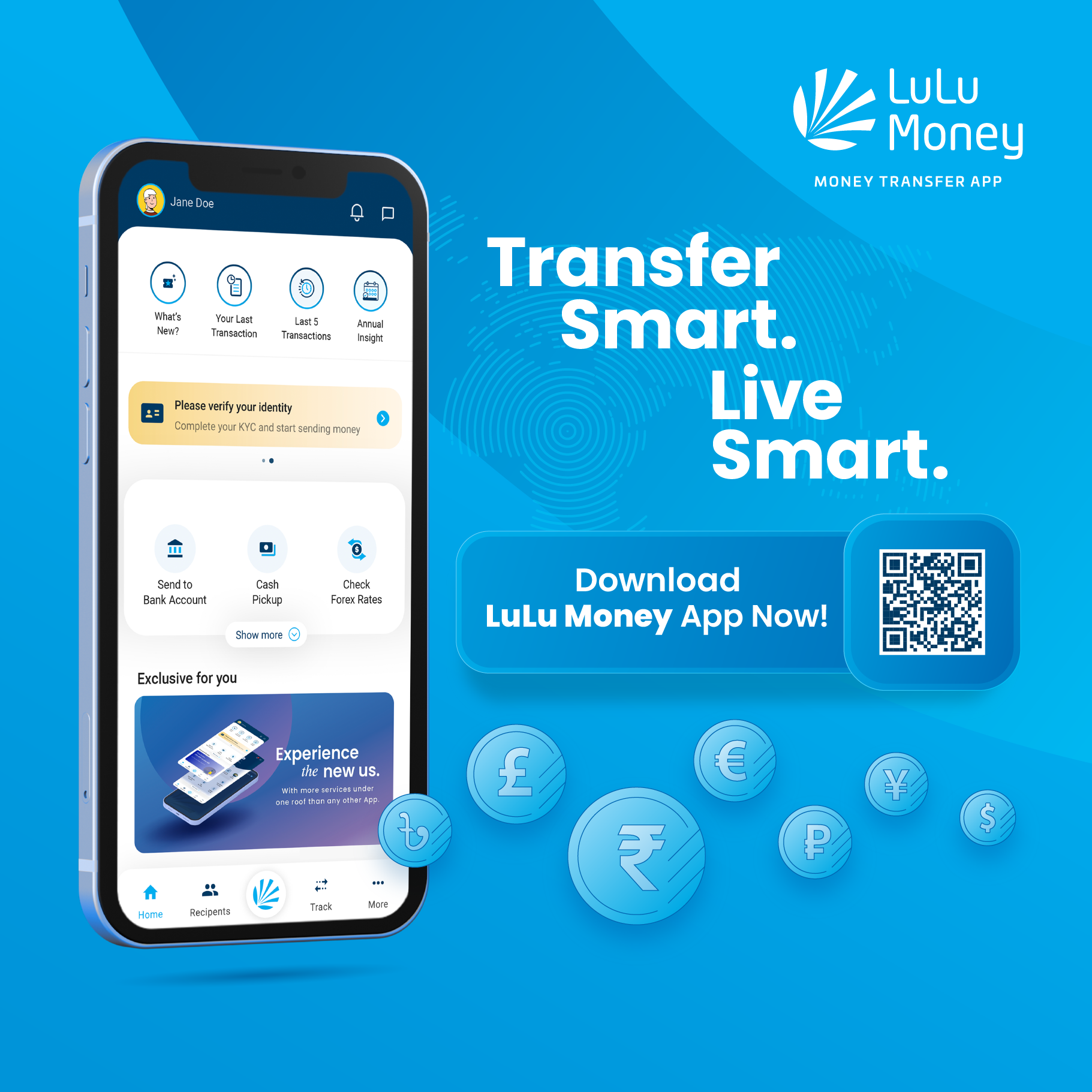
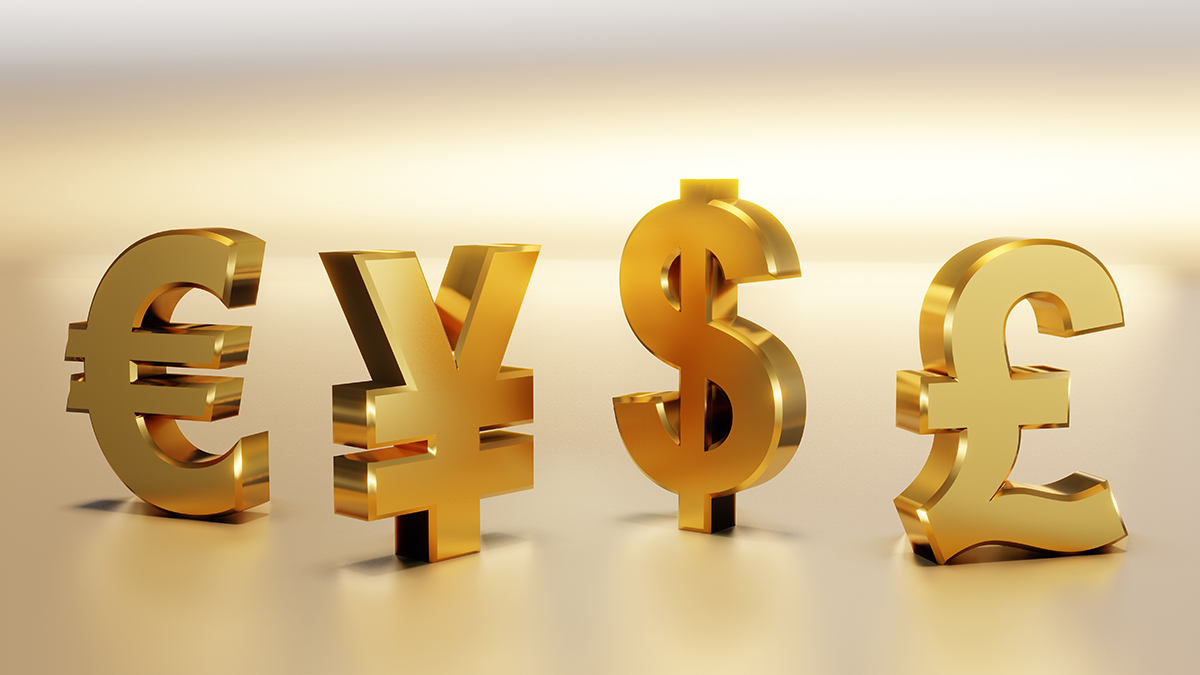
Whether you’re shopping online, sending money home, or checking exchange rates, you will always come across a currency symbol. These small signs might seem simple but they actually carry centuries of history, identity, and power. They are a visual shorthand for economies, cultures, and connections.
With millions of our LuLu Money customers sending and receiving money across dozens of countries every day, we are part of a world filled with these symbols. Let’s find some of the world’s most important currency symbols shaping global transactions.
What is a Currency Symbol?
Before knowing about the world’s currency symbols, let’s first see what a currency symbol is. A currency symbol is a graphic sign used to represent the official currency of a country. For example, $ stands for the US Dollar, ¥ for both the Japanese Yen and Chinese Yuan, and ₹ for the Indian Rupee.

Here Are the World’s Currency Symbols
For better understanding, we’ve grouped currencies by their symbol families such as Dollar $, Pound £, Rupee ₹, and more. This way, you can find out which countries share the same currency roots.
The Dollar and Peso Family (̌$)
This group includes all currencies that use the dollar sign, either by itself or as part of a more specific symbol, making it one of the most commonly traded families in global exchange rates .
| Country | Currency | Symbol | Currency Code |
|---|---|---|---|
| Argentina | Argentine Peso | $/ARS | ARS |
| Australia | Australian Dollar | A$ | AUD |
| Bahamas | Bahamian Dollar | B$ | BSD |
| Barbados | Barbadian Dollar | Bds$ | BBD |
| Belize | Belize Dollar | BZ$ | BZD |
| Brazil | Brazilian Real | R$ | BRL |
| Brunei | Brunei Dollar | B$ | BND |
| Canada | Canadian Dollar | $/C$/CA$ | CAD |
| Cape Verde | Cape Verdean Escudo | $ | CVE |
| Chile | Chilean Peso | $/CLP | CLP |
| Colombia | Colombian Peso | $/COP | COP |
| Cuba | Cuban Peso | $/CUP | CUP |
| Dominican Republic | Dominican Peso | RD$ | DOP |
| Ecuador | US Dollar | $ | USD |
| El Salvador | US Dollar & Bitcoin | S/B | USD/BTC |
| Fiji | Fijian Dollar | FJ$ | FJD |
| Hong Kong | Hong Kong Dollar | HK$ | HKD |
| Jamaica | Jamaican Dollar | J$ | JMD |
| Liberia | Liberian Dollar | L$ | LRD |
| Mexico | Mexican Peso | $/MXN | MXN |
| Namibia | Namibian Dollar | N$ | NAD |
| New Zealand | New Zealand Dollar | NZ$ | NZD |
| Nicaragua | Nicaraguan Córdoba | C$ | NIO |
| Singapore | Singapore Dollar | S$ | SGD |
| Solomon Islands | Solomon Islands Dollar | SI$ | SBD |
| Tonga | Tongan Pa’anga | T$ | TOP |
| Trinidad & Tobago | Trinidad and Tobago Dollar | TT$ | TTD |
| United States | US Dollar | $ | USD |
| Uruguay | Uruguayan Peso | $U | UYU |
| Zimbabwe | Zimbabwean Dollar | Z$ | ZWL |
| Guyana | Guyanese Dollar | G$ | GYD |
Want to see today’s rates in real time? Check the live exchange rates!
The Euro Family (€)
€ (Euro) with the currency code EUR is the official currency used in Andorra, Austria, Belgium, Croatia, Cyprus, Finland, France, Germany, Greece, Ireland, Italy, Latvia, Lithuania, Luxembourg, Malta, Monaco, Montenegro, Netherlands, Portugal, Slovakia, Slovenia, Spain, and Vatican City.
The Pound Family (£)
This group includes currencies with the pound sign, either by itself or as part of a more specific symbol.
| Country | Currency | Symbol | Currency Code |
|---|---|---|---|
| United Kingdom | British Pound Sterling | £ | GBP |
| Egypt | Egyptian Pound | £/EGP | EGP |
| Syria | Syrian Pound | £S | SYP |
The Rupee Family (₹, Rs)
This group consists of currencies from South Asia that use a version of the Rupee symbol.
| Country | Currency | Symbol | Currency Code |
|---|---|---|---|
| India | Indian Rupee | ₹ | INR |
| Mauritius | Mauritian Rupee | Rs | MUR |
| Nepal | Nepalese Rupee | Rs | NPR |
| Pakistan | Pakistani Rupee | Rs | PKR |
| Seychelles | Seychellois Rupee | Rs | SCR |
| Sri Lanka | Sri Lankan Rupee | Rs | LKR |
The Yen/Yuan and Won Family (¥, ₩)
These East Asian currencies are grouped by symbols that are unique to the region’s history and trade.
| Country | Currency | Symbol | Currency Code |
|---|---|---|---|
| China | Chinese Yuan | ¥ | CNY |
| Japan | Japanese Yen | ¥ | JPY |
| North Korea | North Korean Won | ₩ | KPW |
| South Korea | South Korean Won | ₩ | KRW |
Here’s how AI will redefine money transfers in the future!
The Franc Family
This group of currencies is mostly used in Africa, originating from historical ties to the French Franc.
| Country | Currency | Symbol | Currency Code |
|---|---|---|---|
| Burundi | Burundian Franc | FBu | BIF |
| Benin | West African CFA Franc | CFA | XOF |
| Burkina Faso | West African CFA Franc | CFA | XOF |
| Cameroon | Central African CFA Franc | FCFA | XAF |
| Central African Republic | Central African CFA Franc | FCFA | XAF |
| Chad | Central African CFA Franc | FCFA | XAF |
| Comoros | Comorian Franc | CF | KMF |
| Congo (DRC) | Congolese Franc | FC | CDF |
| Gabon | Central African CFA Franc | FCFA | XAF |
| Guinea | Guinean Franc | FG | GNF |
| Mali | West African CFA Franc | CFA | XOF |
| Niger | West African CFA Franc | CFA | XOF |
| Senegal | West African CFA Franc | CFA | XOF |
| Togo | West African CFA Franc | CFA | XOF |
Symbols from Local Scripts and Unique Designs
This final group includes currencies with unique symbols, often based on their local language or a specific design.
| Country | Currency | Symbol | Currency Code |
|---|---|---|---|
| Afghanistan | Afghan Afghani | ؋ | AFN |
| Albania | Albanian Lek | L | ALL |
| Algeria | Algerian Dinar | دج | DZD |
| Angola | Angolan Kwanza | Kz | AOA |
| Armenia | Armenian Dram | ֏ | AMD |
| Azerbaijan | Azerbaijani Manat | ₼ | AZN |
| Bahrain | Bahraini Dinar | .د.ب | BHD |
| Bangladesh | Bangladeshi Taka | ৳ | BDT |
| Belarus | Belarusian Ruble | Br | BYN |
| Bhutan | Bhutanese Ngultrum | Nu. | BTN |
| Bolivia | Bolivian Boliviano | Bs. | BOB |
| Bosnia & Herzegovina | Bosnian Convertible Mark | KM | BAM |
| Botswana | Botswana Pula | P | BWP |
| Bulgaria | Bulgarian Lev | лв | BGN |
| Cambodia | Cambodian Riel | ៛ | KHR |
| Costa Rica | Costa Rican Colón | ₡ | CRC |
| Czech Republic | Czech Koruna | Kč | CZK |
| Denmark | Danish Krone | kr | DKK |
| Djibouti | Djiboutian Franc | Fdj | DJF |
| Ethiopia | Ethiopian Birr | Br | ETB |
| Georgia | Georgian Lari | GEL | GEL |
| Ghana | Ghanaian Cedi | ₵ | GHS |
| Guatemala | Guatemalan Quetzal | Q | GTQ |
| Honduras | Honduran Lempira | L | HNL |
| Hungary | Hungarian Forint | Ft | HUF |
| Iceland | Icelandic Króna | kr | ISK |
| Indonesia | Indonesian Rupiah | Rp | IDR |
| Iran | Iranian Rial | ريال | IRR |
| Iraq | Iraqi Dinar | ع.د | IQD |
| Israel | Israeli New Shekel | ₪ | ILS |
| Jordan | Jordanian Dinar | .د.أ | JOD |
| Kazakhstan | Kazakhstani Tenge | ₸ | KZT |
| Kenya | Kenyan Shilling | KSh | KES |
| Kuwait | Kuwaiti Dinar | KD | KWD |
| Kyrgyzstan | Kyrgyzstani Som | som | KGS |
| Laos | Lao Kip | ₭ | LAK |
| Lebanon | Lebanese Pound | ل.ل | LBP |
| Lesotho | Lesotho Loti | L | LSL |
| Libya | Libyan Dinar | ل.د | LYD |
| Madagascar | Malagasy Ariary | Ar | MGA |
| Malawi | Malawian Kwacha | MK | MWK |
| Malaysia | Malaysian Ringgit | RM | MYR |
| Maldives | Maldivian Rufiyaa | Rf | MVR |
| Mauritania | Mauritanian Ouguiya | UM | MRU |
| Moldova | Moldovan Leu | L | MDL |
| Mongolia | Mongolian Tögrög | ₮ | MNT |
| Morocco | Moroccan Dirham | MAD | MAD |
| Mozambique | Mozambican Metical | MT | MZN |
| Myanmar | Burmese Kyat | Ks | MMK |
| Nigeria | Nigerian Naira | ₦ | NGN |
| North Macedonia | Macedonian Denar | ден | MKD |
| Norway | Norwegian Krone | kr | NOK |
| Oman | Omani Rial | ر.ع | OMR |
| Palestine | Israeli New Shekel | ₪ | ILS |
| Panama | Panamanian Balboa | B/. | PAB |
| Papua New Guinea | Papua New Guinean Kina | K | PGK |
| Paraguay | Paraguayan Guaraní | ₲ | PYG |
| Peru | Peruvian Sol | S/ | PEN |
| Philippines | Philippine Peso | ₱ | PHP |
| Poland | Polish Złoty | zł | PLN |
| Qatar | Qatari Riyal | ر.ق | QAR |
| Romania | Romanian Leu | lei | RON |
| Russia | Russian Ruble | ₽ | RUB |
| Rwanda | Rwandan Franc | FRw/ RF/ R₣ | RWF |
| Saudi Arabia | Saudi Riyal | SAR | SAR |
| Serbia | Serbian Dinar | RSD | RSD |
| South Africa | South African Rand | R | ZAR |
| Sweden | Swedish Krona | kr | SEK |
| Switzerland | Swiss Franc | CHF | CHF |
| Sudan | Sudanese Pound | .ج.س | SDG |
| Tanzania | Tanzanian Shilling | TSh | TZS |
| Thailand | Thai Baht | ฿ | THB |
| Tunisia | Tunisian Dinar | د.ت | TND |
| Turkey | Turkish Lira | ₺ | TRY |
| Turkmenistan | Turkmenistani Manat | m | TMT |
| Uganda | Ugandan Shilling | USh | UGX |
| Ukraine | Ukrainian Hryvnia | ₴ | UAH |
| United Arab Emirates | UAE Dirham | AED | AED |
| Uzbekistan | Uzbekistani Som | som | UZS |
| Vanuatu | Vanuatu Vatu | VT | VUV |
| Venezuela | Venezuelan Bolívar | Bs. | VES |
| Vietnam | Vietnamese Dong | ₫ | VND |
| Yemen | Yemeni Rial | ريال | YER |
| Zambia | Zambian Kwacha | ZK | ZMW |
Now you know about the world’s currency symbols. It’s interesting to know about their actual currency value. Take a look at this chart highlighting the world’s strongest and weakest currencies:
Frequently Asked Questions
What are the strongest and weakest currencies in the world?
As of now, the Kuwaiti Dinar (KWD) is the strongest currency in terms of exchange rate against the US Dollar, while Lebanese Pound (LBP) is the weakest.
How many official currencies are there in the world today?
Around 180 recognised currencies are in use around the world and this number will vary based on territories and regions that share currencies (like the Eurozone).
Why do certain countries use the same currency symbol?
Certain countries use the same currency symbol since they share the same historical or linguistic origins or to reflect their cultural or national identity.
Is there any difference between a currency code and a currency symbol?
Yes. A currency code is a standardised 3-letter ISO code (like USD, AED, EUR) used in international trade and banking. While a currency symbol is a graphic or visual sign used to represent the official currency of a country.
How are currency symbols chosen or designed?
Currency symbols are usually derived from historical abbreviations or specially designed to reflect a country’s culture and identity and at the same time remaining simple and globally recognisable. Once a symbol is finalised, the country’s authorities officially approves it and standardise through Unicode for worldwide use.
Popular BLOG
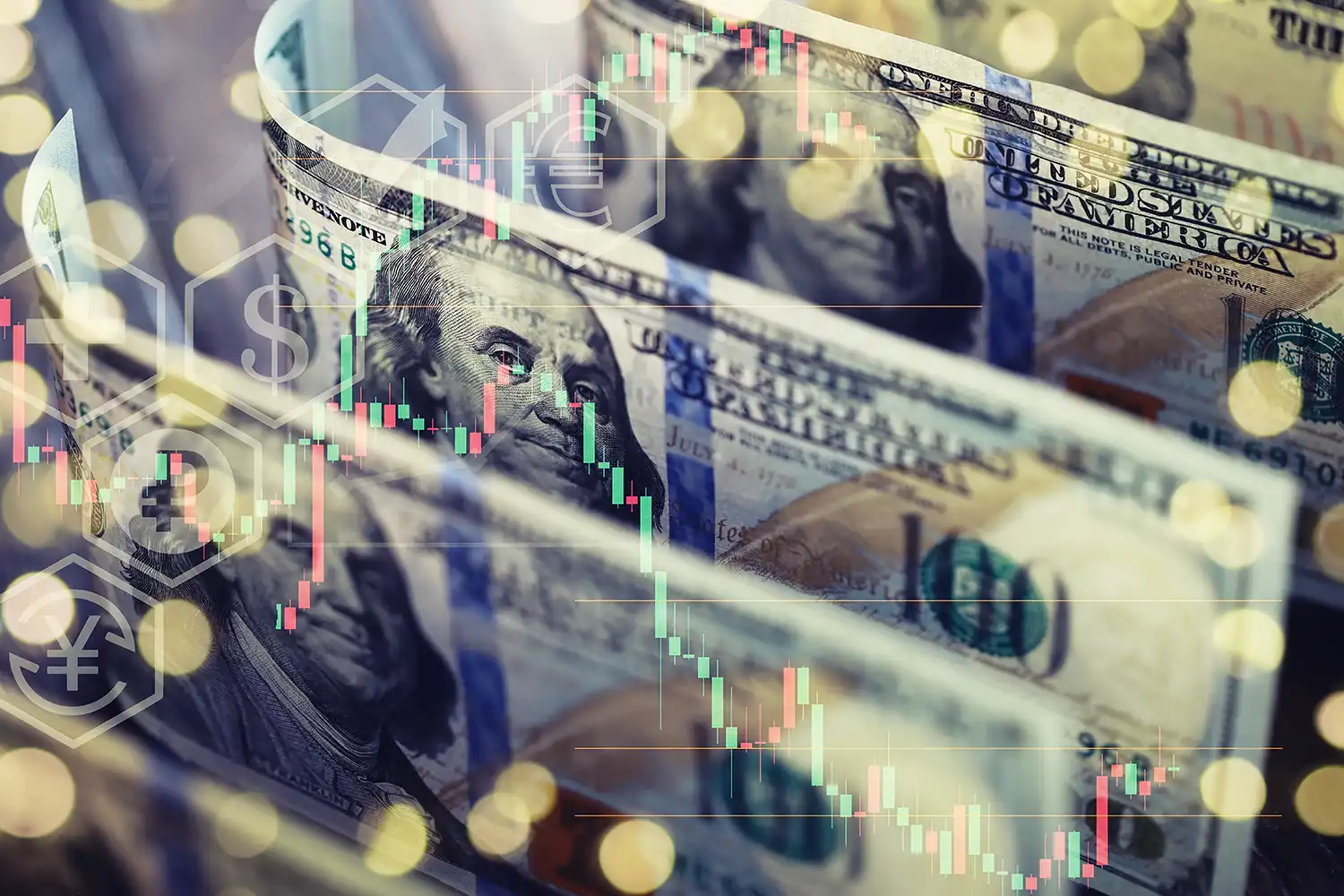
November 12, 2025
Why Does the US Dollar Hold the Key to Global Exchange Rates?
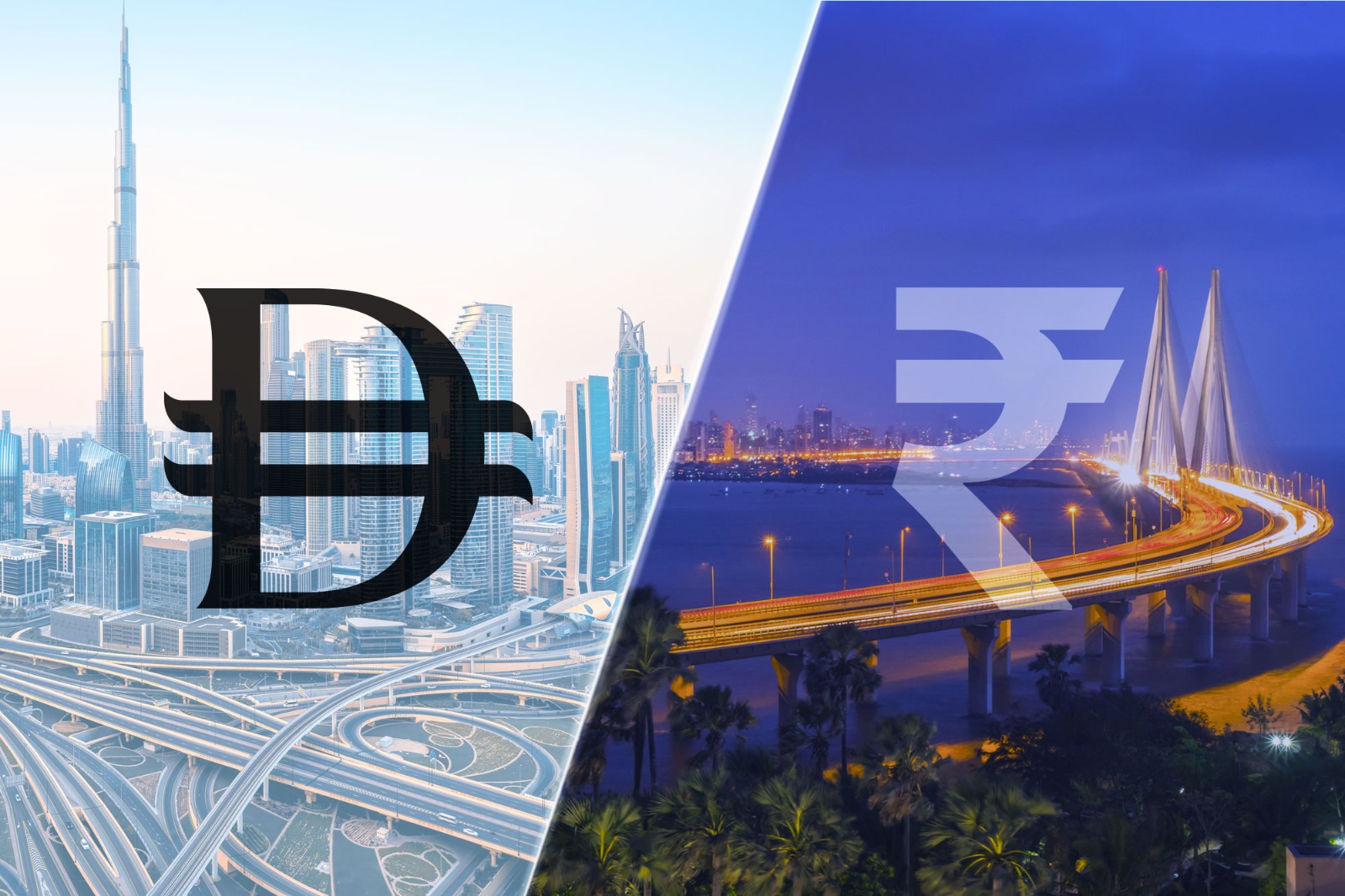
October 31, 2025
Best Time to Send Money From UAE to India

October 10, 2025
How to Identify Fake Money Transfer Scams

September 25, 2025
The Ripple Effect: When Everyday Choices Echo Far & Wide
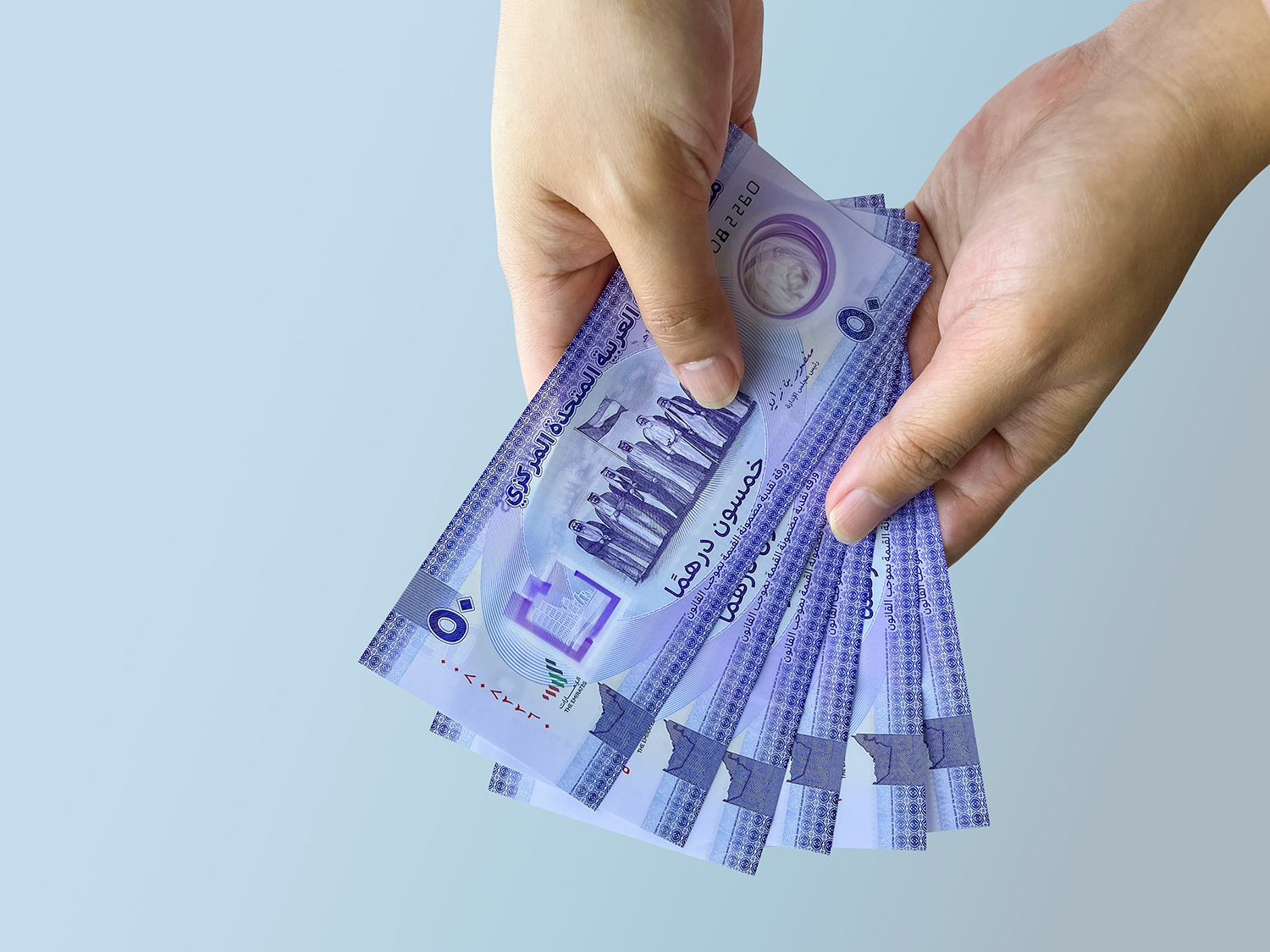
October 6, 2025
WPS in UAE: Everything Employers and Employees Should Know

September 19, 2025
How AI Will Impact Money Transfer in the Future
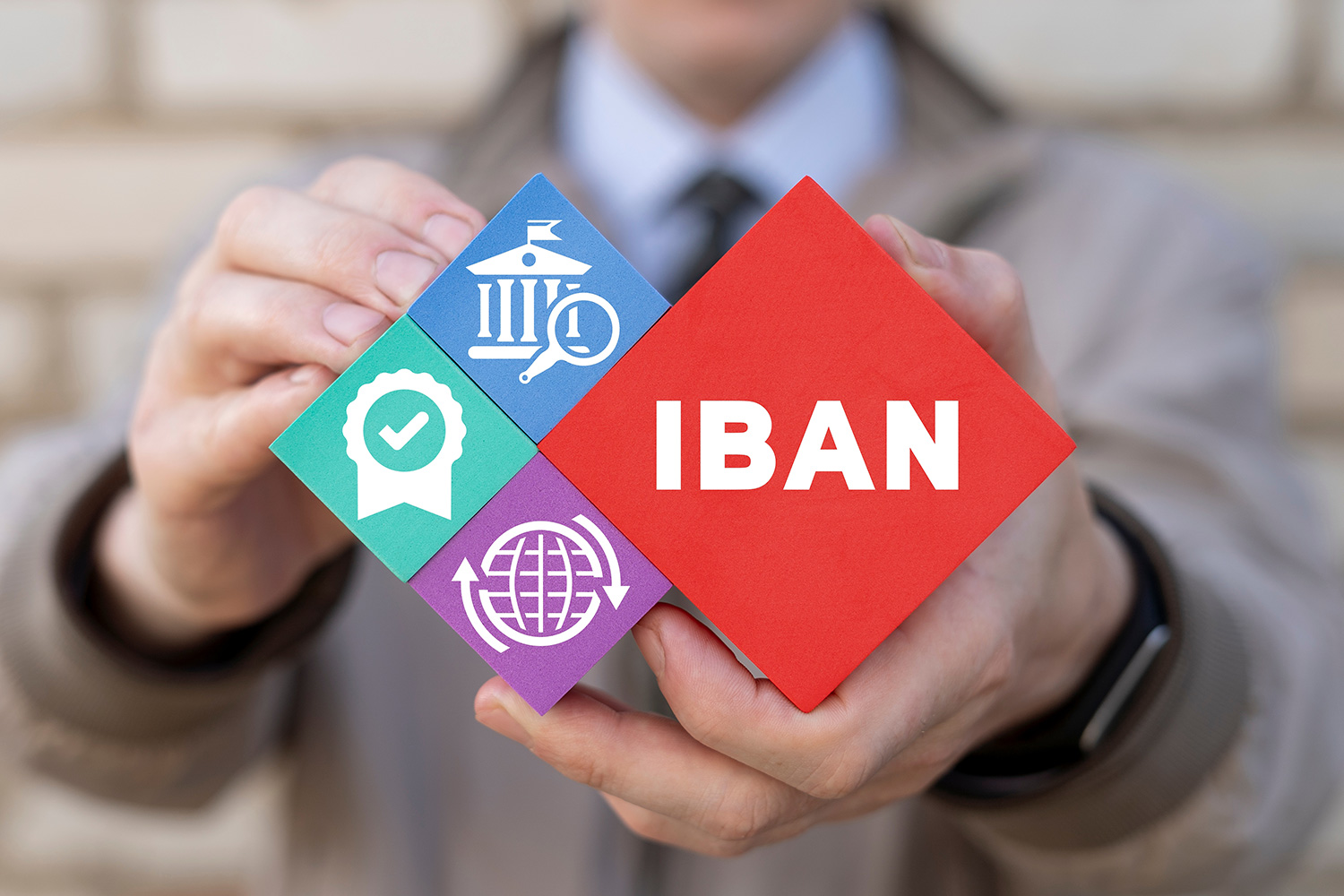
September 10, 2025
What is IBAN Number? How to Find & Use IBAN

September 2, 2025
What Is a SWIFT Code and Why Do You Need It?

August 25, 2025
World Currency Symbols, Explore All Country Currency Symbols

August 7, 2025

